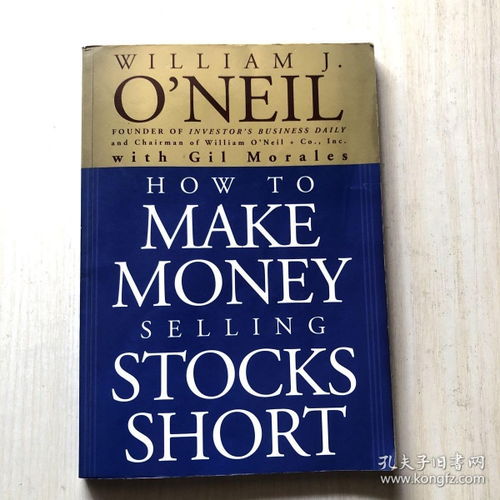Understanding the Amazon Selling Model

Are you looking to make money selling on Amazon? If so, you’ve come to the right place. Amazon is one of the largest online marketplaces in the world, offering a vast array of products and services to millions of customers. By leveraging the platform, you can tap into a global market and potentially earn substantial profits. Let’s dive into the details of how you can make money selling on Amazon.
Choosing the Right Products

One of the most crucial aspects of selling on Amazon is selecting the right products. Here are some tips to help you make an informed decision:
-
Research popular products: Use Amazon’s Best Sellers list to identify trending items. This list is updated hourly and can give you insights into what customers are currently buying.
-
Analyze competition: Look at the top-selling products in your chosen category. Examine their pricing, reviews, and product descriptions to understand what makes them successful.
-
Consider your niche: Focus on a niche market where you can offer unique products or a better value proposition than your competitors.
-
Check for demand: Use tools like Jungle Scout or Helium 10 to analyze product demand and identify potential opportunities.
Setting Up Your Amazon Seller Account

Before you start selling, you’ll need to set up an Amazon seller account. Here’s a step-by-step guide:
-
Choose your selling plan: Amazon offers two types of selling plans 鈥?Individual and Professional. The Individual plan costs $0.99 per item sold, while the Professional plan costs $39.99 per month. Consider your sales volume and budget when choosing a plan.
-
Register for an account: Visit Amazon’s Seller Central and follow the registration process. You’ll need to provide some personal and business information, as well as your payment details.
-
List your products: Once your account is set up, you can start listing your products. Provide detailed product descriptions, high-quality images, and competitive pricing to attract customers.
Optimizing Your Product Listings
Optimizing your product listings is essential for attracting customers and increasing your sales. Here are some key factors to consider:
-
Product titles: Use clear, concise, and descriptive titles that include relevant keywords. Avoid using excessive punctuation or capital letters.
-
Product descriptions: Write detailed and informative descriptions that highlight the features and benefits of your product. Use bullet points to make the information easy to read.
-
Product images: Use high-quality images that showcase your product from various angles. Ensure the images are well-lit and clear.
-
Keywords: Research and use relevant keywords throughout your listings to improve search visibility.
Managing Your Inventory
Effectively managing your inventory is crucial for maintaining customer satisfaction and avoiding stockouts. Here are some tips:
-
Keep track of your inventory: Use inventory management tools like ZonGuru or InventoryLab to keep track of your stock levels and restock when necessary.
-
Monitor your sales: Regularly review your sales data to identify trends and adjust your inventory accordingly.
-
Use FBA (Fulfillment by Amazon): By using FBA, Amazon handles the storage, packing, and shipping of your products, which can save you time and reduce the risk of stockouts.
Marketing Your ProductsMarketing your products is essential for driving traffic and increasing sales. Here are some effective marketing strategies:
-
Amazon PPC (Pay-Per-Click): Use Amazon’s PPC platform to promote your products and reach potential customers.
-
Amazon Stores: Create an Amazon Store to showcase your brand and products in a more personalized way.
-
Social media marketing: Utilize social media platforms like Facebook, Instagram, and Twitter to promote your products and engage with customers.
-
Influencer partnerships: Collaborate with influencers in your niche to reach a wider audience.
Customer Service and Feedback
Amazon PPC (Pay-Per-Click): Use Amazon’s PPC platform to promote your products and reach potential customers.
Amazon Stores: Create an Amazon Store to showcase your brand and products in a more personalized way.
Social media marketing: Utilize social media platforms like Facebook, Instagram, and Twitter to promote your products and engage with customers.
Influencer partnerships: Collaborate with influencers in your niche to reach a wider audience.
Providing excellent customer service and encouraging positive feedback are crucial for building a




